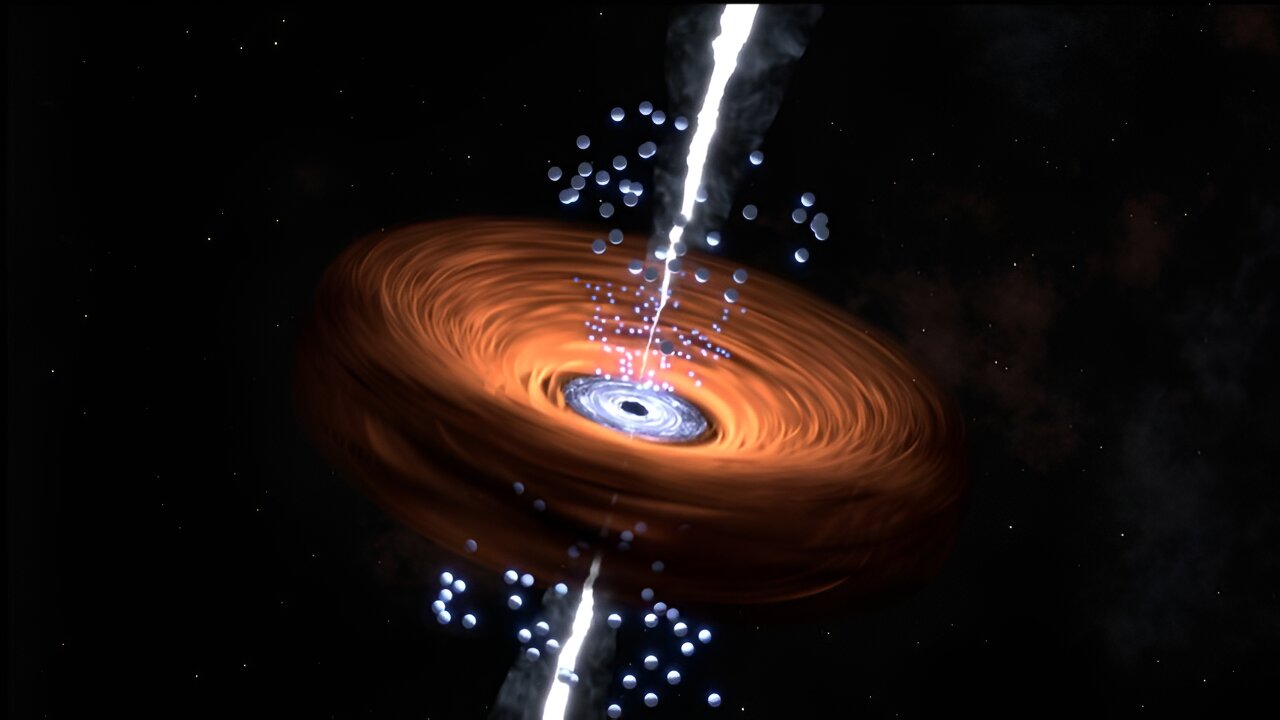Scientists studied the quasar J1120+0641 using the MIRI instrument on the James Webb Space Telescope. It is one of the most distant objects of this type, and scientists hoped to find something unusual in it. But it turned out to be remarkably normal.

How fast black holes grow
Scientists working with the James Webb Space Telescope used the MIRI camera aboard it to study the distant quasar J1120+0641. This supermassive black hole, surrounded by a glowing accretion disk, is one of the most distant such objects from us.
Supermassive black holes in the early Universe are increasingly surprising scientists. According to current theories, they should be born as relatively small embryos and grow with them. This process must take billions of years, meaning these objects cannot become true giants instantaneously.
However, over the past 20 years, researchers have looked into the depths of space and found quite a few real monsters with masses billions of times greater than the Sun’s. It’s impossible to explain their origins. And that’s why scientists are so eager to take a closer look at the most distant quasars.
What quasars can tell us about the early Universe
Quasars are also supermassive black holes. The only thing that distinguishes them from the others is the large amount of matter they absorb. When this happens, the gas swirls around them in the form of an accretion disk, which emits a huge amount of energy. This allows scientists to see first-hand how monsters grow at the centers of galaxies.
The quasar J1120+0641 was noticed by scientists a long time ago. It has a redshift value of z=7 and we see it only 770 million years after the Big Bang. However, scientists have not had a powerful enough tool to take a closer look at it properly.
MIRI is a mid-infrared camera mounted on the James Webb Space Telescope. It has a sensitivity 4,000 times higher than any instrument operating at the same wavelengths before it. Therefore, quasar J1120+0641 was identified as one of its highest priority targets even before James Webb was launched into space.
Quasar J1120+0641 turns out to be surprisingly ordinary
When scientists began observing quasar J1120+0641 in January 2023, they expected to see something unusual in its accretion disk. They were looking for evidence of the existence of those mysterious processes that allow black holes to grow incredibly fast.
However, observations made with MIRI have shown that there is nothing incredible going on in it. The accretion disk of the quasar is exactly as predicted by existing physical theories. Except that it is 1300 K hotter than other similar objects.
Perhaps the clue lies in just that, or perhaps not. At least the scientists don’t seem disappointed. After all, even such a boring result brings them closer to a clue. It means that there is something else going on and alternative explanations should be sought.
According to phys.org


